In this post I really wanted to ‘expand’ the famous 1913 photo – just having names underneath was not enough for me – these were incredible personalities & they have been almost forgotten – some don’t even have their own Wikipedia pages yet.
Bob Ingersoll & his team / family members greatly influenced Henry S. Salt & Ernest Bell & ………..so many others.
Lizzy Lind af-Hageby was quite remarkable.
The ‘cooperation’ between activists in the US & Europe was splendid in the 19th & early 20th centuries.
Then I was thinking about the artist Robert Morley & how he has been ‘forgotten’- some European groups are still reproducing his pieces – but they know ‘0’ about him.
Every day we work to promote the Humanitarian League – it was run by a group of very kind geniuses. This is why we decided to resurrect it in Hong Kong.Our very best Ernest Bell Library material on AR really starts with The League in 1891 / 2.
Some wonderful people – 5 very active anti-vivisectionists – born from 1833 on – so the eldest was 80 when this photo was taken & still working for animals –
International Anti-vivisection Congress, Washington, D.C., December 1913.
Now the exhibition…….
“Light in Dark Places:
Anti-Vivisection from the Victorian Era to Modern Day” –
Los Angeles
The Exhibition Event Opening Event Pages – here.
The National Museum of Animals & Society – here.
Ecorazzi – on Moby promoting the exhibition – here.
Left to right – Moby – Simone Reyes – Al Jackson – Julia Orr
Exhibition Dates – May 10 – August 3 2014
Suffragettes were not only pioneers in their fight for the right to vote but started the anti-vivisection movement in the Victorian era. The founders of the animal protection movement were known as “humanists,” and were active in many social justice arenas.
As the industrial revolution changed the world, medicine was also revolutionized, and the live experimentation on animals swept Europe and America. The opposition movement was born out of outrage at the unfettered animal experiments carried out by medical researchers and students alike.
Authors, artists, suffragettes, trade unions, doctors, lords and ladies alike joined the affray in voicing their opposition to animal experiments. Iconic writers such as Mark Twain, George Bernard Shaw and Lewis Carroll penned seminal essays against vivisection.
Learn more about the anti-vivisectionists of yesteryear through current day in this retrospective, “Light in Dark Places,” which looks at the visionary individuals and organizations that brought and continue to bring the plight of animals in labs to the surface. Please note, this exhibition seeks to document the history of a social justice movement and is family friendly.
“Light in Dark Places” is curated by Julia Orr and involved the participation of American Anti-Vivisection Society, National Anti-Vivisection Society, New England Anti-Vivisection Society, Stop Animal Exploitation Now, PETA, Beagle Freedom Project, Physicians Committee for Responsible Medicine, The Ernest Bell Memorial Library, and White Coat Waste.
PLEASE look out for the website – soon to be built.
PLEASE use your intelligence & your $ to help end vivisection.
…………………………………………………………………………
…………………………………………………………………………
“Copy & Paste & Tweak”
‘The Shadow of the Knife’
&
The London & Provincial Vivisection Society
Anti-vivisectionists have always been really excellent communicators / networkers.
In London there were numerous anti-vivisection societies – this was probably because there were so many creative geniuses among the activists.
They produced stunning books, magazines, posters, flyers, postcards etc.
100+ years ago artwork & printing plates were travelling between the US & the UK – to be shared freely by different societies.
Here we will share various versions of one of Robert Morley’s drawings – ‘The Shadow of the Knife’ – reproduced / utilized in many different ways – from 1906 until today. We have several more fine examples of his work in the Ernest Bell Library.
Below the images we have given a brief bio. of Robert Morley.
The first image is in the collection of the New York Public Library.
Collection – New York Public Library
Image Title: The Animal’s Guardian. Help! The shadow of the knife.
The next items are all at –
The Ernest Bell Library.
Members of – The London & Provincial Vivisection Society – displaying their Robert Morley posters – in July of 1906 in London – postcard.
Postcard detail
………………………………………………………………….
……the artwork turned into a bookmark – circa 1910.
………………………………………………………………….
Queen Victoria was a ‘supporter’ of the aims of The London & Provincial Vivisection Society – but she had declined the request to become the patron of the society.
Circa 1905 postcard
………………………………………………………………….
The 1906 Humane Poster Exhibition was probably just a clever piece of P.R..
Robert Morley had already designed the banner heading of The Animals’ Guardian monthly magazine. He also regularly produced artwork for Ernest Bell’s Animals’ Friend magazine.
See his signature – at lower right.
The London & Provincial Vivisection Society was ‘competing’ with Frances Power Cobbe’s BUAV, by now under the ‘vegetarian leadership’ of Dr. Walter Hadwen.
The ‘baton’ of The London & Provincial Vivisection Society had been passed by Stephen Coleridge, Ernest Bell
& others, to Sidney Trist & Miss “Lizzy” Lind af-Hageby.
1905 members of The London & Provincial Vivisection Society.
………………………………………………………………….
‘The Shadow of the Knife’ – “copied, pasted & tweaked” – around the world – into the 1940s.
The same image being used in France circa 1908. Union Internationale et Ligue Populaire Contre la Vivisection, 127, Rue de Rennes, Paris – postcard.
 Postcard detail.
Postcard detail.
….and in Switzerland on a stamp – date unknown. Ligue Anti-Vivisectionniste, Geneva.
…..and redrawn as a stamp in Munich, Germany. Bund gegen Missbrauch der Tiere e.V. Hauptgeschäftsstelle Viktor-Scheffel-Str. 15 80803 München
………
About the artist – Robert Morley R.B.A. (English, 1857 -1941 )
Morley studied art at the Slade School, later attending classes in Munich and Rome.
Until 1888 he exhibited chiefly figure pictures, but turned to landscape and animal paintings, often depicting dogs in domestic surroundings.
He was appointed the Hon. Secretary of the Royal Society of British Artists in 1890.
He exhibited some five works at the Royal Academy.
The Montreal Gazette – May 31, 1941
…………………………………………………………………
REMINDER
PLEASE look out for the website – soon to be built.
PLEASE use your intelligence & your $ to help end vivisection.
The National Museum of Animals & Society – here.
…………………………………………………………………………………………………………….
If anyone would like more information about The Ernest Bell Library , please send an email to: –
humanitarianleague (at) outlook (dot) com
– or message me through HappyCow –
https://www.happycow.net/blog/author/JohnnySensible/

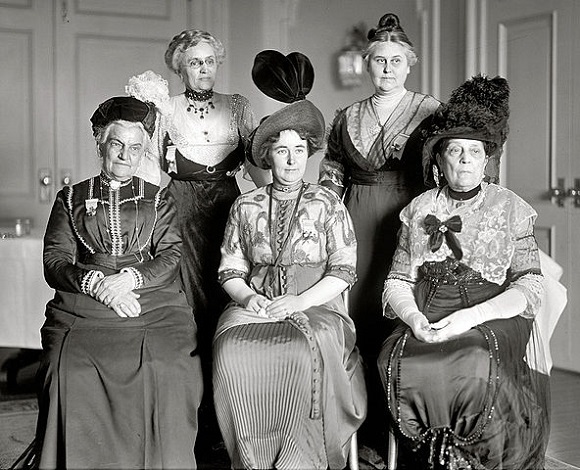

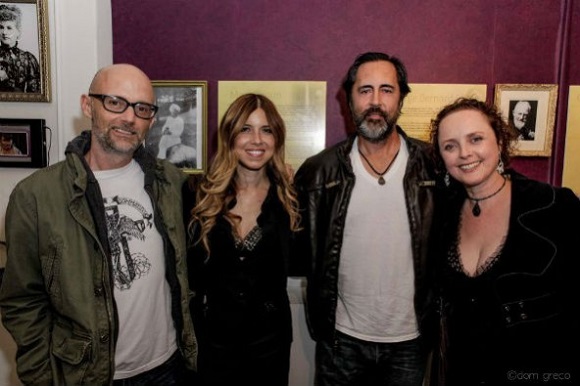














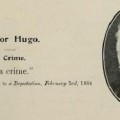
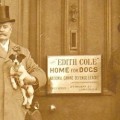
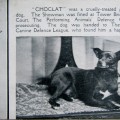

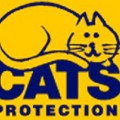
2 Comments
AnneBirthistle (1 comments)
May 15, 2014 at 10:21 pmOur Animal Defence and Anti-Vivisection Society of British Columbia, Canada has used that Robert Morley design since 1927 – none of us had any idea of its origin, so thank you for illuminating us! And thank you for a wonderful exhibit. The history of the anti-vivisection movement is dramatic and sobering.
John Edmundson (6 comments)
May 17, 2014 at 6:26 amThank you for your comment Anne – we would love to get some examples for our library – is this possible? – John